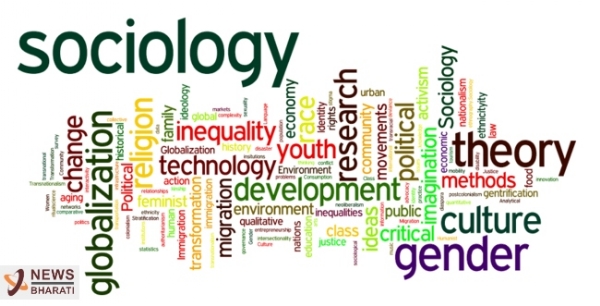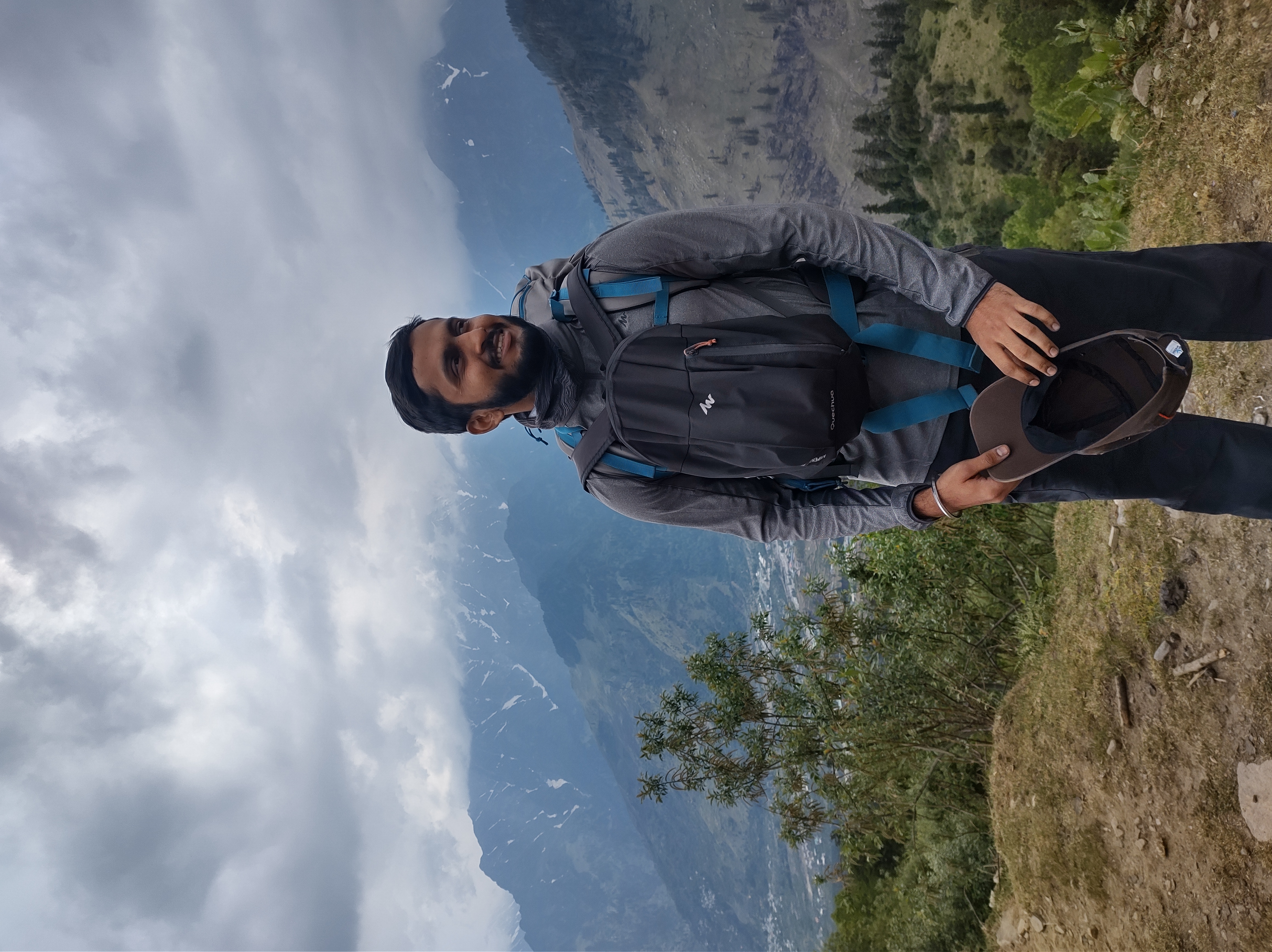Being political Hindus in the West #3: The dangers of Critical Caste theory
The Hindu community in India as well as in the West must be aware of this upcoming storm and prepare itself to fight it before it is too late.
Total Views |
The West is going through substantial social unrest. We have seen this unfold during the Black Lives Matter (BLM) protests and the toppling of statues of American founders and British merchants who owned slaves. The fissures in these societies on Racial lines are now resurfacing. In academia, a theory that has resonated and has been funded and promoted by the Western media and elites is Critical Race Theory (CRT).

This theory talks about fighting racism, and so far so good. But their method to fight racism is nothing less than a self-destruct mechanism. It says that to fight racism, it is not enough to be non-racist, one has to be anti-racist. Now, what is anti-racist? It essentially means being racist. Martin Luther King Jr. talked about, judging people by the content of their character and not the color of their skin, this theory flips that on its head. It says you have to be a racist and judge people by the color of their skin. This means that group X belonging to a particular racial group should be evaluated by lower standards than a White Anglo-Saxon Protestant (WASP). Incidentally, this also puts WASPs at the top of this chain and makes them the gold standard. Now, why should we Indians and Hindus care about this? After all, it is an argument and fight primarily between Whites and Blacks. Well, it doesn't stop at the CRT. There is another thing now, which is the Critical Caste Theory (CCT). Now as we can see this most definitely concerns us.
Critical Caste theory was written by Rajamani Savitha, of the University of Massachusets, Boston in 2020. The ideological framework as well as the intellectual innocence of the author can be assessed by the very first line of this dissertation paper that is,... “This study set out to develop a contemporary theory of the caste system in India, focusing on the nexus of caste, class, gender, capitalism, and postcolonial discourses.” Anyone who wants to take the effort to read the entire paper can click on this link. Within a year or so, the London School of Economics (LSE) also publishes an article on 5th July 2021, which talks about, It is time for a new subfield: ‘Critical Caste Studies’.
Now, casteism is a scourge for Hindu society which can never be supported in any case. But at the same time, the idea that a particular person born in a particular caste should be evaluated by lower standards because the person was born in that particular caste, is as repulsive as evaluating a person by lower standards due to their skin color. Ayaan Hirsi Ali, a former politician and social activist calls this racism of lower expectations. Similarly, CCT is Casteism of lower expectations. Both CRT and CCT talk about expecting less from a certain group of people because of historical wrongdoing by the other groups against the groups in question. As in CRT WASPs are to be blamed for everything and should be targeted at the same time being projected as the gold standard for evaluation on which no one else should be evaluated. CCT switches WASPs with Brahmins or as the ideological brethren of CCT like to call the Brahminical patriarchy. This is not only against the so-called upper castes of society but is also against the so-called lower castes of society, to whom this theory is supposed to be helping.
It teaches the so-called lower castes to think that, because of the historical injustice, you can never achieve what the Brahmins have achieved, and hence you should never even dream of that and be content with what you have. This tells them that doing less than a brahmin does is ok for you as that is all you can do. This itself is an extremely casteist theory that treats people not on the basis of what they do but on the basis of who they are. At the same time it is dangerous for the so-called upper castes as well as it tells the that because of the historical injustices perpetrated by their forefathers to the forefathers of these groups, nothing they can do will ever be just. It hangs a permanent albatross around the neck of the upper castes which can anytime be dog whistled when the upper castes speak against the ruling elite that agrees with CCT (in their imagined future of course). At the same time, far away from this cuckoo land, CCT can and will affect the Hindus. Especially the Hindus working in the West. As the west currently has mandatory diversity training in most companies which talks about racial diversity and tolerance. Soon enough, these companies will have Caste diversity training in which the upper castes will be shamed for being born into a particular family. And if the Upper castes in those companies either don't subscribe to the CCT or stay silent during the fabricated socialist theories, there will be action taken against them. Rajiv Malhotra Ji in his new book Snake in the Ganga has written about this at length.
The CCT, just like CRT is a Marxist communist doctrine. I am not saying this, BLM leaders have openly confessed that they're "trained Marxists". There is an argument from both sides of the political spectrum that it is not a Marxist movement, since it doesn't talk about wealth but talks about birth-based attributes. But that I think would be a myopic view of what Marxist Communism is. Although Marxism is surely an economic theory, the implementation of that, which is communism, is primarily about power, and so is CRT as well as CCT. The Hindu community in India as well as in the West must be aware of this upcoming storm and prepare itself to fight it before it is too late.


